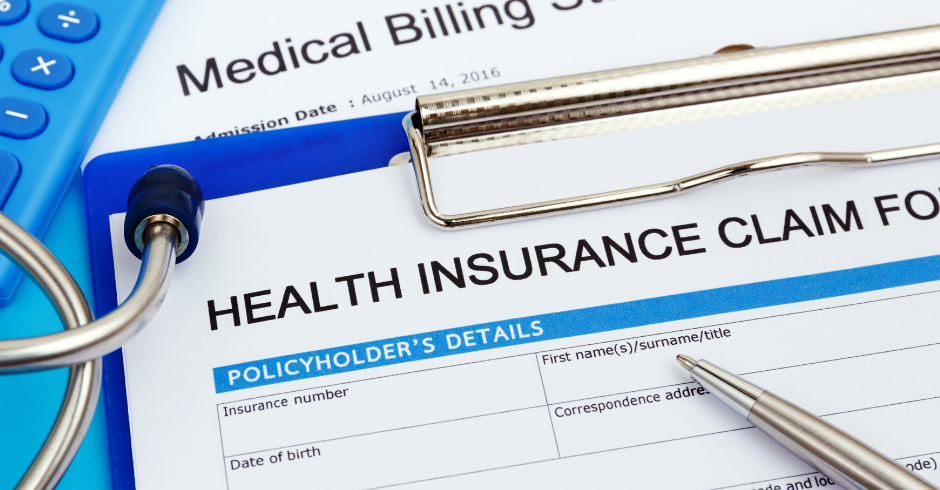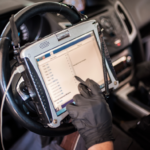With insurance claims and personal injury lawsuits involving traffic accidents, it’s important to determine and to be able to prove who is at fault, or negligent. Often, common sense can point to a driver, pedestrian or cyclist who acted negligently and caused an accident, but in order to recover compensation in a lawsuit, you must be able to prove negligence. The following are some common ways to prove fault in auto accidents, either to insurance companies or in a court.
Florida traffic laws related to accident fault
The majority of states have insurance systems that hold the at-fault driver’s insurance company liable for damages during an accident. However, nine states, including Florida, use a no-fault system for auto insurance, which means an insurance company is responsible for an insured driver, no matter who is at fault.
There is an exception to this rule in the case of serious injury. If you suffer permanent injury, disfigurement, or significant and permanent scarring in a car accident and you are not at fault, you can file a personal injury lawsuit against the at-fault driver and his or her insurance company.
The laws that govern traffic in Florida can help you support a claim when you’re involved in an accident caused by someone else’s negligence or carelessness. These rules are found in the state vehicle code. An experienced personal injury attorney can help you review the Florida vehicle code and find support for your accident claim.
Traffic accident police reports
Typically, if someone is injured in a car accident, police will come to the scene and will file a written accident report. You or your personal injury lawyer can obtain a copy of this report from the traffic division of your police department.
In some cases, the police report will clearly state the on-scene officer’s opinion that one party was at fault or violated a traffic law, and may also state that the at-fault driver was issued a citation. This can serve as strong proof of who was responsible for causing the accident.
Cases of “no-doubt” liability
Certain types of accidents may be considered to be automatically the fault of one driver, regardless of the circumstances. These include rear-end collisions and left-turn accidents.
Rear-end collisions
If you are rear-ended by another vehicle, it’s nearly never your fault, regardless of the reason you were stopped. The ability to stop safely in traffic is a common rule of the road for every state, and it’s assumed that if another driver hits you from behind, the vehicle was not driving safely. In addition, visual damage to vehicles involved in rear-end collisions easily prove which driver hit the other.
However, the rule of “comparative negligence” may reduce your compensation in a few circumstances of rear-end collisions. For example, if one or both of your tail lights or brake lights were out when the accident occurred, you may be held partially responsible. Another possible circumstance that applies to comparative negligence could be if your vehicle had mechanical problems, but you failed to move it off the road to the best of your abilities.
Left-turn accidents
In virtually every case, a vehicle making a left turn is considered at fault in a car accident. There are a few exceptions, which are difficult to prove. They include:
- The car that was traveling straight ran a red light, or was speeding
- The car turning left began turning when it was safe, but an unexpected hazard or issue caused it to slow down or stop
The visual damage in a left-turn accident can help to verify who was at fault.
If you’ve been involved in an accident, the Miami trial lawyers at Baron, Herskowitz, and Cohen can help you receive the compensation you deserve. We’ve successfully represented many clients struggling with car insurance claims and accident-related lawsuits. In many cases, persons injured in car accidents are able to recover larger settlements or court awards when they work with experienced attorneys. To get the best possible outcome in your accident claim, contact us today.
Contact us today to discuss the details of your insurance or personal injury case.





